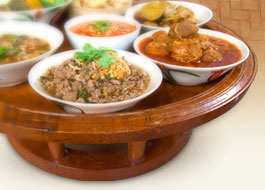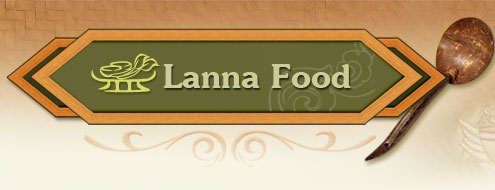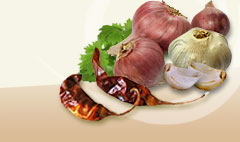Cassava |
|
|
 | Manihot Esculenta Crantz |
|
| |
 | Euphorbiaceae |
|
| |
 | common cassava, manioc |
|
| |
 | Man ton, man mai (Southern), man samrong, man hing (Phang Nga), ubi ka-yu (Malaysian), tang noi, tang ban (Northern), man ha-nathi (Centeral) (Kanchana Diwiset, et al., 1999, p. 189) |
|
| |
 | Perennial shrub. Tubers underground. Stem erect, with scars where leaves have fallen off. Leaves alternate, palmate, with lanceolate lobes, long petiole, greenish white or red. Panicle of flowers at the top to the stem (Kanchana Diwiset, et al., 1999, p. 189) |
|
| |
 |

No available information on nutrition. Lanna people make a dessert from the tubers called Khanom man tang. The tender leaves are blanched to eat with namphrik. |

Leaves have a sweet oily taste. The young leaves are boiled to drink for Vitamin B deficiency. (Kanchana Diwiset, et al., 1999, p. 189) |
|
| |
 | All year round |
|
| |
 |
Kanchana Diwiset, et al. comp. (1999). Phak Phuen Ban Phak Tai . Kanchana Diwiset, ed. Nonthaburi: Project on Text Development for Traditional Thai Medicine, Foundation of TraditionalThai Medicine. (inthai). |
|
| |
|
|




